The United States is at a critical juncture in its history. The steps taken to advance higher education attainment today among low-income students, similar to the G.I. Bill following World War II, could have profound consequences on the nation's future prosperity. The Obama administration can leave an enduring legacy through policies advancing higher education attainment for low-income and working-class students. Low-income students constitute a significant proportion of the nation's populace, spanning multiple demographics including gender, race, ethnicity, and geography. Nationwide, approximately 40 percent of the 50 million students in public K-12 schools come from low-income families. In certain regions of the country such as the South, the percentage of low-income students can rise above 50 percent.
Despite the historical expansion of higher education opportunities to broader segments of the populace, the United States still has two higher education systems: one serving the privileged and another serving the vulnerable. Research consistently shows that financial difficulty is the primary deterrent for academically talented students who do not enroll in college. Socio-economic status, not only constrains a student's choice concerning whether to attend college, but also the important choice of where to attend.
In theory, increasing higher education attainment for low-income students should close, rather than widen, socio-economic disparities. But, a deeper examination of the nation's higher education system reveals that many low-income students with the greatest needs often receive an education that does not empower them economically, politically, and socially.
Existing government policies and institutional practices accept a troubling status quo: a stratification pattern that threatens to perpetuate the social and structural imprint of existing class hierarchies. Institutions enrolling the most low-income students generally spend less on their education. Moreover, the disparities among higher education institutions, in terms of overall spending per student, have never been greater. Affluent students cluster at four-year public and private universities. Meanwhile, working- and lower-class students cluster at two-year community colleges and for-profit institutions. This vivid stratification pattern raises serious questions concerning the traditional notion of education as a tool to address social inequality.
Government policies when combined with market forces do not, at present, adequately protect federal dollars, students, or address broader societal issues. The existing policy framework reflects a stereotype concerning the traditional student: the full-time selective-college dorm-living student receiving significant financial support from parents. Although pundits vigorously debate admissions practices at selective colleges and universities, they largely ignore the plight of the overwhelming majority of students who make up our mass higher education system: students attending non-selective institutions with relatively open admissions.
The current policy framework also misunderstands the atypical nature of the higher education market, student choices, and various types of market failure. Increasingly, society and lawmakers view higher education as a market, an industry, and a private good. As this market-based perspective gains traction, students are more likely to be viewed as the equivalent of customers in the standard commercial context. A higher education system dominated by market-based forces has significant implications for how institutions serve students and promote broader public goals.
As more state universities are eliminating programs and failing to increase their capacity to absorb growing numbers of low-income students, for-profit colleges and universities (FPCUs) are aggressively expanding to meet the growing demand for higher education, especially among low-income, working-class, and veteran students. Unlike higher education expansion in the past, the current expansion is driven by greater privatization, the emergence of FPCUs, and a rapid movement toward online or blended education delivery formats. Federal government funding has precipitated the migration of students to FPCUs. Government subsidies and portable financial aid programs, in most cases, bring benefits to millions of students. But the portable and loan-heavy nature of federal financial aid also has a downside: ill-informed vulnerable students selecting inferior educational options. Recent FPCU abuses documented in the U.S. Senate's Harkin Report -- high student loan default rates, misleading recruiting, low retention rates, high tuition, poor job placement, and a lack of student services -- provide a sobering tale. They reveal how outsourcing the fate of society's most vulnerable students to greater market risk, volatility, and failures may prove inconsistent with long-term individual and societal interests. This state of affairs presents an interesting paradox: FPCUs, rather than traditional private and public institutions, are becoming a de facto path for many low-income and working-class students.
Keeping higher education affordable and accessible for many low-income and working-class Americans is an integral part of the American Dream. In order to address the new reality characterized by waning state influence and the growing influence of privatization trends, future higher education reforms must address four key areas: market failures, demographic shifts, quality, and stratification. Without this panoramic view of the higher education landscape, reforms are likely to dismiss the contemporary needs of low-income students.